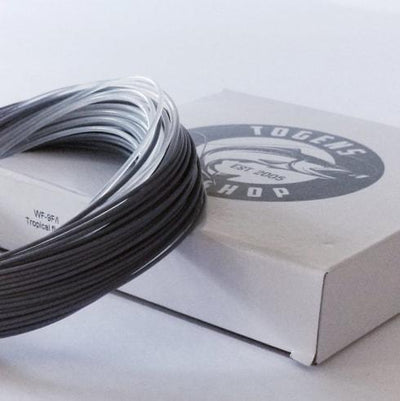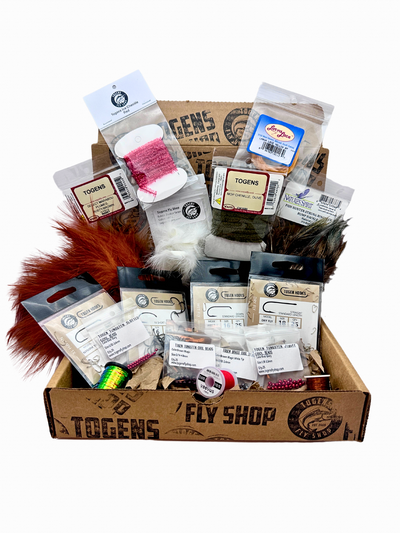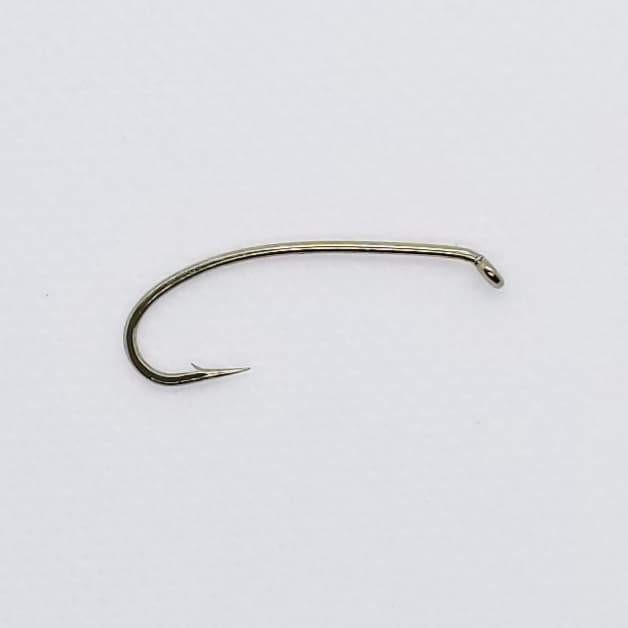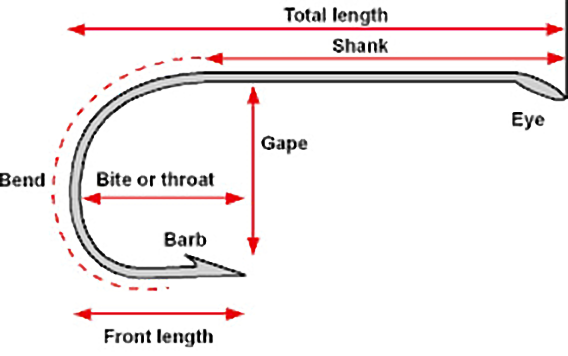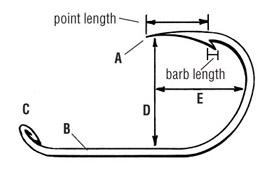Let's Talk Hooks
Like a rock, oh… like a rock!
If you lived through the 90s, you may instantly recognize those famous words as the anthem for the Chevy Silverado. When I think about cars, beautiful machining forged with quality materials often comes to mind.
As fly tyers, we look for rock solid quality in our hooks. And while we know we need strength and durability in our hooks, how important is the hook’s gap, length, or diameter? Actually, each of these elements is important and can render the process of selecting the right hook quite a challenging task!
A Guide To Picking The Right Hooks
In this post, we’re going to break down the components of a fly tying hook into basic, easy-to-understand language so you can make informed decisions about the hooks you choose to put on your vise!
SHAPES & TYPES
You can simplify your selection efforts by first focusing on the types of flies you will most frequently be tying.
For example, if you’re a trout fisherman you will probably want to have four categories of hook shapes or types in various sizes: streamers (for flies like the wooly bugger and clouser patterns), hoppers (for hoppers of course!), drys (for flies like the parachute adams, the royal wulff, and the elk hair cadis) and curved/ scud shaped (for scuds, emergers and nymphs).
By categorizing your hooks into shapes for these different purposes, you can narrow your search based on size and the other elements we discuss below.
SIZE
Unfortunately, hook sizes have not been standardized between manufacturers. What is consistent is that sizes are generally (with exception to size 1) even-numbered from size 2 to 32, with size 32 being the smallest. Hooks larger than size 1 move to a measurement of aughts that appear as a number followed by a zero. For example, 1/0 (smallest) all the way up to 20/O (largest size).
A great approach for identifying the right size fly for the water you will be fishing is to speak with your local fly shop or guide service. They often have very specific recommendations on what you will need to hook your quarry!
TOGENS QUICK TIP: Next time you’re out fishing, take stock of the terrestrial and aquatic bug life on your water. Look under rocks and pay attention during hatches. Use what you see in your environment to form an idea of the size of fly patterns you might need for your water.
EYE OF THE HOOK
Located at the very front of the hook shank, the eye of the hook is either positioned flat (also referred to as round), up, down or jig style:
- Hook Eye Round. This is the most common eye position, used for all kinds of flies.
- Hook Eye Up. This eye up position has traditionally been used for streamer flies for salmon.
- Hook Eye Down. Often used for tying emergers.
- Jig Style. This eye position is becoming popular for euro nymphing patterns.
While some fly anglers may prefer one eye position over the other for a certain purpose, these preferences are often the product of experimentation. Try the different styles for yourself for different applications and see what works best for the flies you use on your home water!
SHANK LENGTH
The shank is the straight section of the hook after the eye before the bend in the hook. The length of a hook shank is often categorized as standard, short or long with short and long sizes measured in X factors relative to a standard size.
For example, 1X Short indicates that the hook shank is slightly shorter than the standard length with 2X Short being even shorter and so-on. On the other hand, 1X Long indicates that the hook length is slightly longer than the standard hook size, with 2X Long being even longer. Generally speaking, longer length hooks are desirable for streamers (3X Long is a common streamer size) and larger nymphs and shorter length hooks will be better for smaller flies.
WEIGHT & DIAMETER
When referring to a hook’s weight, we are really talking about the diameter of the wire used to form the hook. Lighter weight hooks are often referred to as fine and hooks with a larger diameter wire are referred to as heavy (or strong). Fine or extra fine hooks are more appropriate for dry flies and heavy or strong hooks are more appropriate for wet flies designed to sink. Once again, many manufacturers use X factors to rate the wire diameter of the hook relative to a standard diameter. 1X Fine is going to be slightly thinner gauge wire then the standard and 1X Heavy or Strong will be slightly thicker diameter than the standard.
POINT
The hook point is of course, the business end of the hook which tapers down to a sharp point. Most of the hooks manufactured today are chemically sharpened. The advantage of hooks that are chemically sharpened over those that are mechanically sharpened is that the process results in smoother, sharper, and more durable hook points.
Hook points may be barbed or barbless. Barbless points are ideal for catch and release anglers, as they do less damage to the fish’s mouth and make release much easier. Barbed hooks are common, and make it more difficult for a hooked fish to throw the hook.
GAP
The hook gap (or gape) is the distance between the hook point and the shank of the hook. The gap of the hook is also is the standard for determining the hook size (though sizing often differs between manufacturers). The gap of the hook is important because the hook gap makes the can mean the difference between "almost had you!" misses and hook sets.
When tying flies, make sure that the hook point is still exposed and not lost in the silhouette of the fly! Hooks with a wider gap are generally associated with more effective hook-up ratios as they provide a bigger reach and give the angler a little bit more time to set the hook.
GET HOOKED ON FLY TYING
When you’re shopping for hooks, begin by considering the different types of flies you will be tying. From here, you can become more selective about the sizes of fly patterns you will need – I recommend starting with our guide on 10 fly patterns as a resource! As you begin looking at different hooks you realize the many numbers and terms are a bit less intimidating. With your solid understanding of fly tying hooks, you’re now ready to make great decisions about the hooks you will put on your vise. You’re ready to get hooked on fly tying!
Togens Hooks VS Daichii Review
"If I remember the timeline correctly we are now about two years back from today, so that would be two full years fishing with the Togen Curved Nymph hook. Wanna know how many I’ve broken? Let’s just put it this way … if I had a camera available to take a picture of every one of them that broke on me, I still wouldn’t be able to post a picture! That’s right … NONE!" - Rob Bruno @bcflyguys



